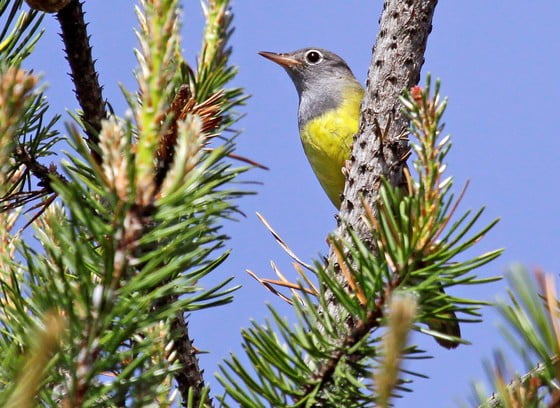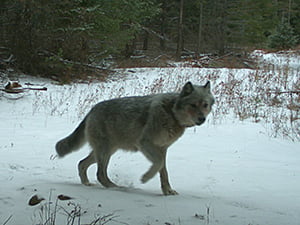Each October, National Wildlife Refuge Week celebrates the vast network of lands and waters across the country that make up the National Wildlife Refuge System. It’s a great opportunity to talk about, share stories and join events around these vital places.
What is a National Wildlife Refuge?
A national wildlife refuge is a designation for certain protected areas that are managed by the U.S. Fish and Wildlife Service. These public lands and waters are set aside to conserve America’s wild animals and plants.On top of that, they provide enjoyment, beauty and they demonstrate shared American values that support protecting and respecting living things.
Here are just a few beautiful refuges to showcase the diversity of the refuge system and give you ideas for your next trip.
Bosque del Apache National Wildlife Refuge, New Mexico
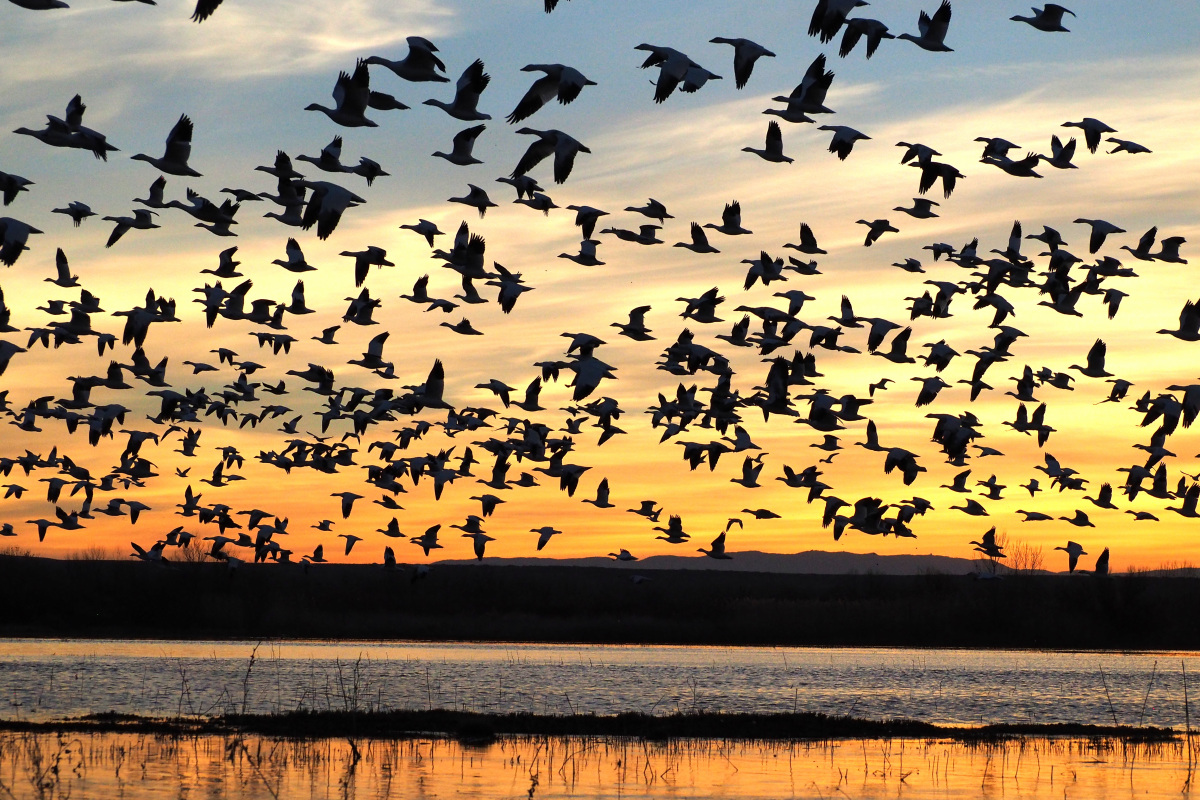
From late October through early spring, see impressive flocks of sandhill cranes and snow geese lift off the pond in a cacophony of honking, with wings beating furiously. It’s enough to leave most visitors in complete awe at their synchronicity.
Moosehorn National Wildlife Refuge, Maine
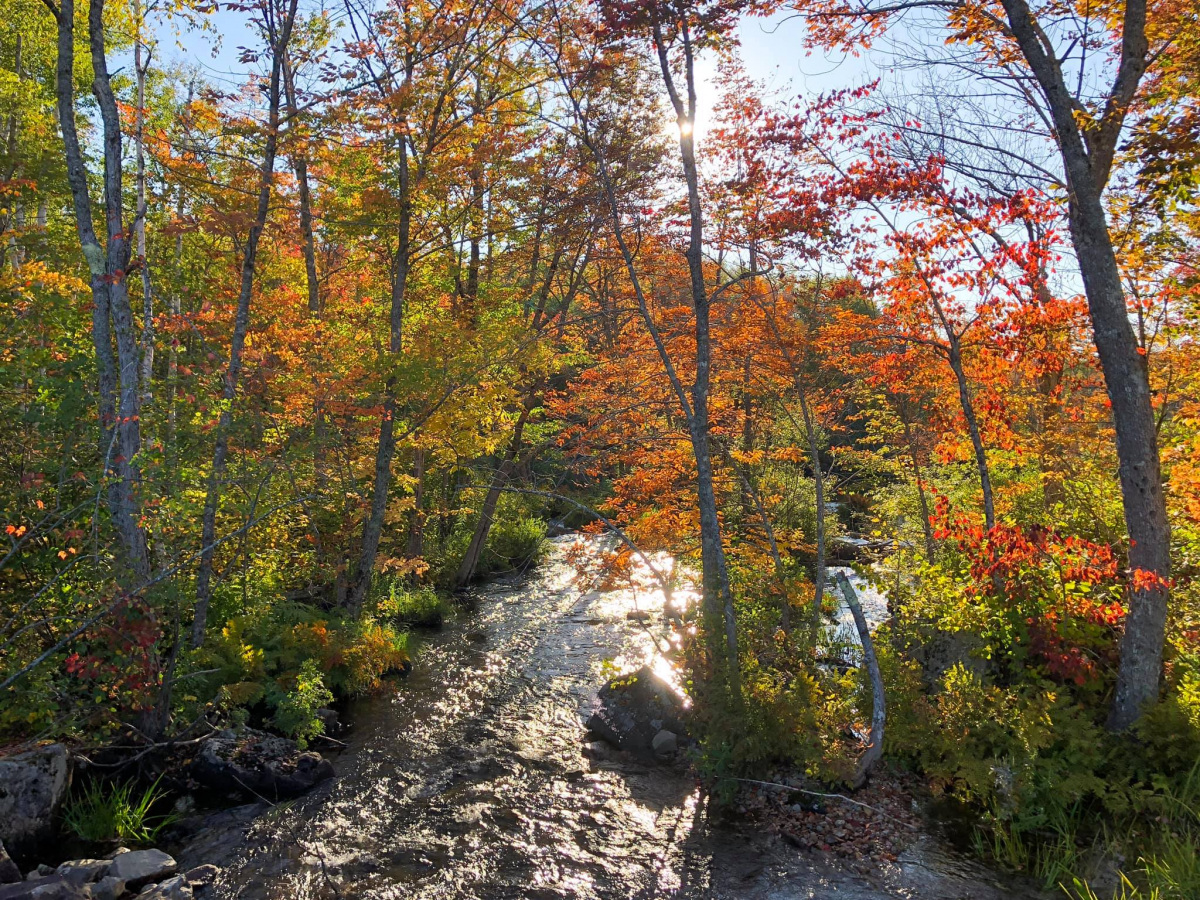
The northern woods of Moosehorn National Wildlife Refuge in Maine is made up of maple, aspen, birch, spruce and fir trees. Each Fall, their leaf display is absolutely breathtaking and provides a striking contrast to bright blue skies.
Rocky Mountain Arsenal National Wildlife Refuge, Colorado
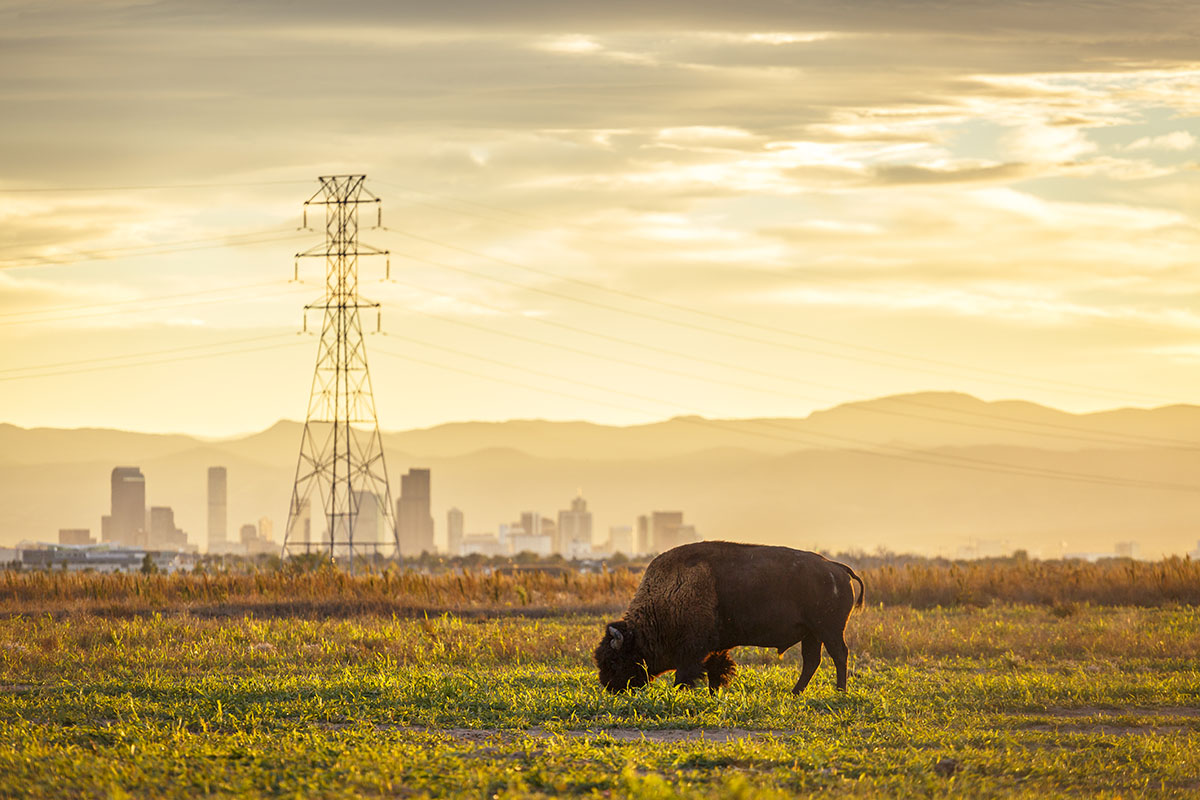
At Rocky Mountain Arsenal National Wildlife Refuge in Colorado, take the 11-mile Wildlife Drive and keep your eyes peeled for bison, mule and white-tailed deer, hawks, waterfowl and more. In the fall, the Denver cityscape looks a dream in the company of golden-colored grasses.
Kodiak National Wildlife Refuge, Alaska

Sockeye salmon (also called reds) contribute greatly to the ecosystem on Kodiak National Wildlife Refuge. They make their way upstream to spawn in striking colors. Fishing opportunities are available on more than 270 national wildlife refuges.
Modoc National Wildlife Refuge, California
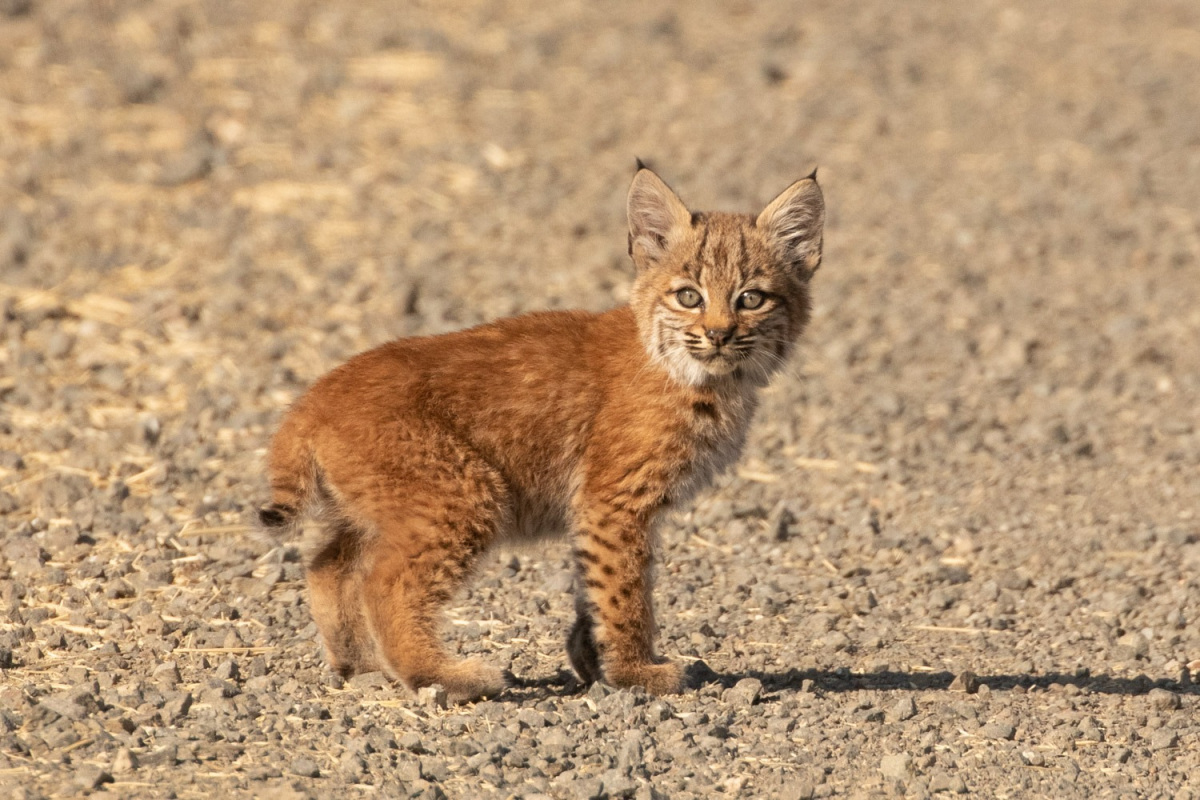
Wildlife watching at Modoc National Wildlife Refuge in California is excellent through the fall, especially if you can plan to visit during dawn or dusk when many of the animals are active. Remember using binoculars and even staying in your car can be a great way to see wildlife but cut back on disturbing them.
Minnesota Valley National Wildlife Refuge, Minnesota
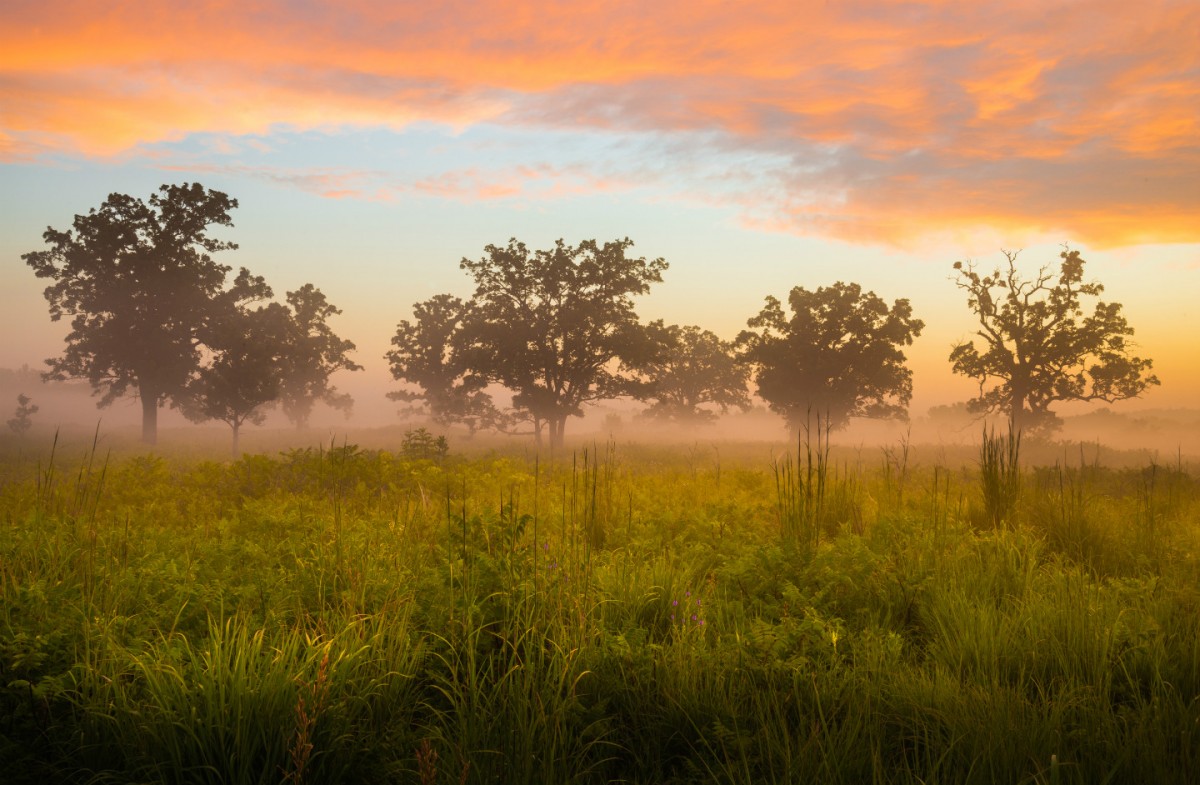
Minnesota Valley National Wildlife Refuge near Minneapolis has 14,000 acres that include prairies, wetlands, woodlands, forests, savannas and lakes. These diverse habitats attract a number of shorebird, waterfowl and songbird species.
Then and Now
Back in 1903, President Theodore Roosevelt designated Florida’s Pelican Island National Wildlife Refuge as the first wildlife refuge. Today, there are 567 national wildlife refuges and 38 wetland management districts and covers 95 million acres of land. National wildlife refuges are found from sea to shining sea, spanning almost every type of habitat imaginable and contributing $3.2 billion per year into local economies.
For Our Health and Enjoyment
There are many ways refuges make our lives better. Refuges provide essential homes for thousands of species and access to world-class outdoor adventure, from fishing, hunting and hiking to nature watching, photography and environmental education.They ease the impact of storms and flooding and give back to local economies. You can find at least one refuge in every state and every U.S. territory. Visiting your nearest wildlife refuge is probably easier than you think, but no matter what, appreciating them is something we can all do.
